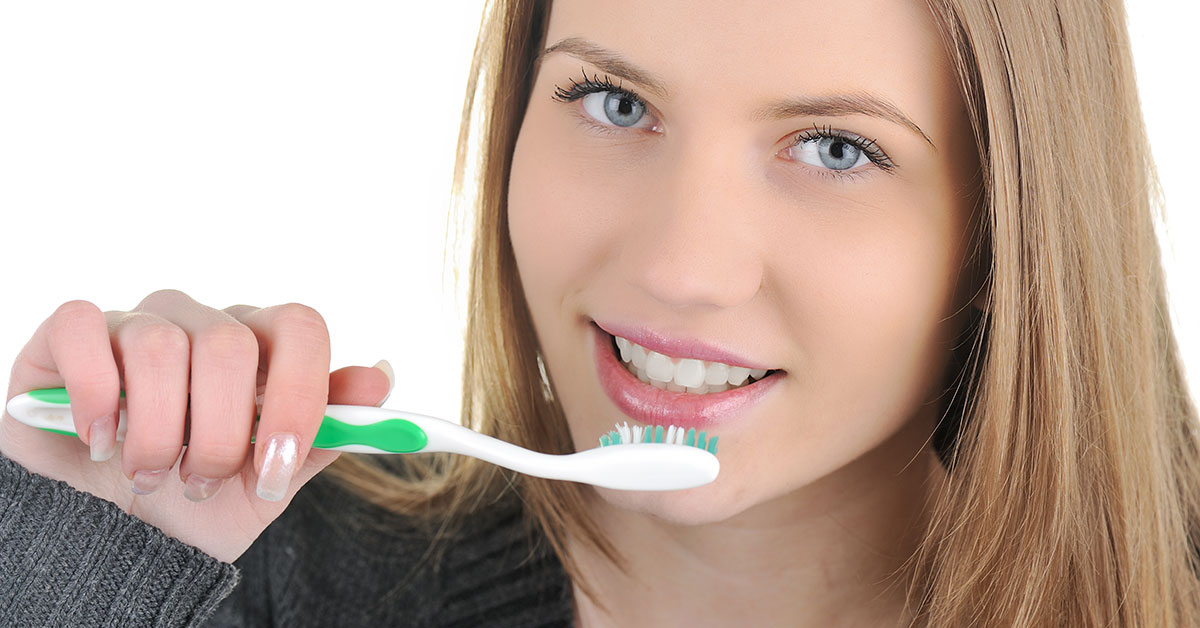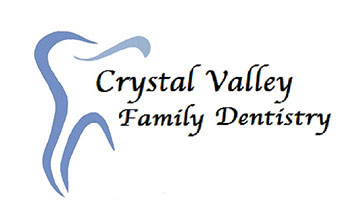
The Cornerstones of Oral Hygiene are Brushing & Flossing
Brushing and flossing your teeth are the most important part of maintaining good oral hygiene. Regularly doing those things on top of getting your normal dental cleanings will help ensure a healthy mouth by preventing serious diseases. On top of that, you will maintain a beautiful smile.
Reasons Why Proper Brushing and Flossing are Essential:
- Tooth Health: When teeth are not brushed properly, residue and acids from foods will sit on the tooth’s surface and continue to destroy the enamel. This can lead to tooth decay. Tooth decay can be painful and may result in needing to get the infected tooth pulled. Brushing and flossing properly is an easy way to save your teeth from this.
- Avoid Gum Disease: Periodontal (gum) disease can progress and cause major damage to your teeth, gums, and even your jaw. It is caused by excessive exposure to plaque. Your gums may be puffy and receding, and you may even lose teeth and jaw bone in the later stages. Periodontal disease can also cause health problems in other parts of the body. Removing plaque and calculus (tartar) by brushing and flossing are the best way to avoid periodontal disease.
- Avoid Bad Breath: Bad breath can be caused by food residue being left on the teeth and tongue. Brushing and flossing your teeth as well as brushing your tongue can help make your breath fresh again.
- Staining Prevention: Smoking, drinking coffee or tea and eating certain foods can cause teeth to stain and yellow. The quicker you are to brush your teeth and remove the stains, the less likely they are to become permanent.
A Basic Guide to Proper Brushing:
The ADA (American Dental Association) recommends brushing your teeth twice a day for at least two minutes with a soft bristled brush. Be sure to use an appropriate sized brush for your mouth. You should be able to reach every area of the mouth easily.
Replace your toothbrush every 3 months or once the bristles are fraying. Once a toothbrush is worn out, it is much less effective at cleaning. You should also use ADA approved fluoride toothpaste.
- Brush your teeth with your brush at a 45° angle.
- Move your toothbrush back and forth in small strokes gently against all surfaces of your teeth.
- Tilt the brush vertically to brush the inner surfaces of your front teeth. Move the tooth brush in an up and down motion.
- Make sure to clean your tongue as well. If you do not have a tongue scraper, you can also use your toothbrush to scrub your tongue.
A Basic Guide to Proper Flossing:
Flossing is important to remove food and bacteria from in-between the teeth and gums. Neglecting to floss correctly is one of the leading causes of cavities as it allows bacteria to erode the tooth over time.
- Start with about 18 inches of floss. Wrap the ends of the floss around both of your middle fingers and leave 1-2 inches of floss unwrapped.
- Grip to floss on either side with your index fingers and thumbs. Pull it tightly.
- Gently slide the floss back and forth between every tooth. Make sure to get beneath the gum to get out any lodged food and bacteria.
- Do not force the floss in and out from in-between teeth to avoid damaging your gums. Move the floss back and forth to enter and exit in-between teeth.
- As you move between teeth, adjust the floss to a clean section for every tooth.


